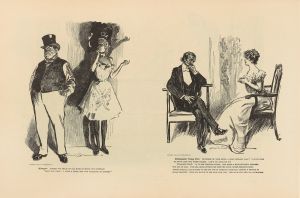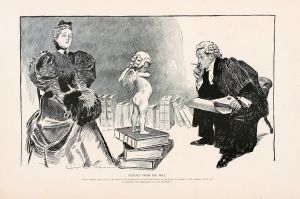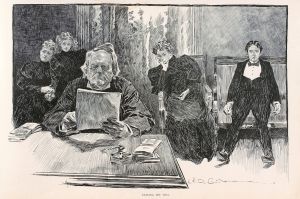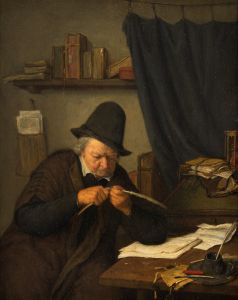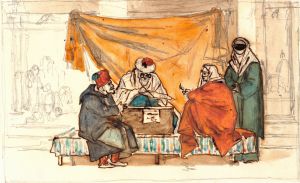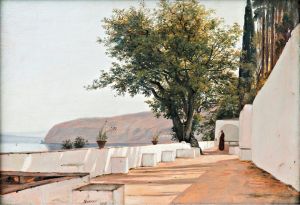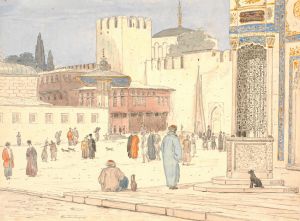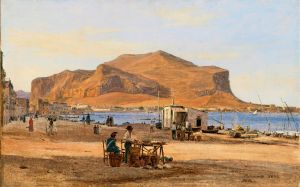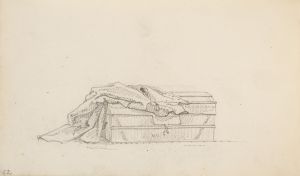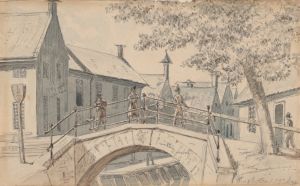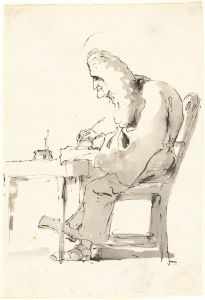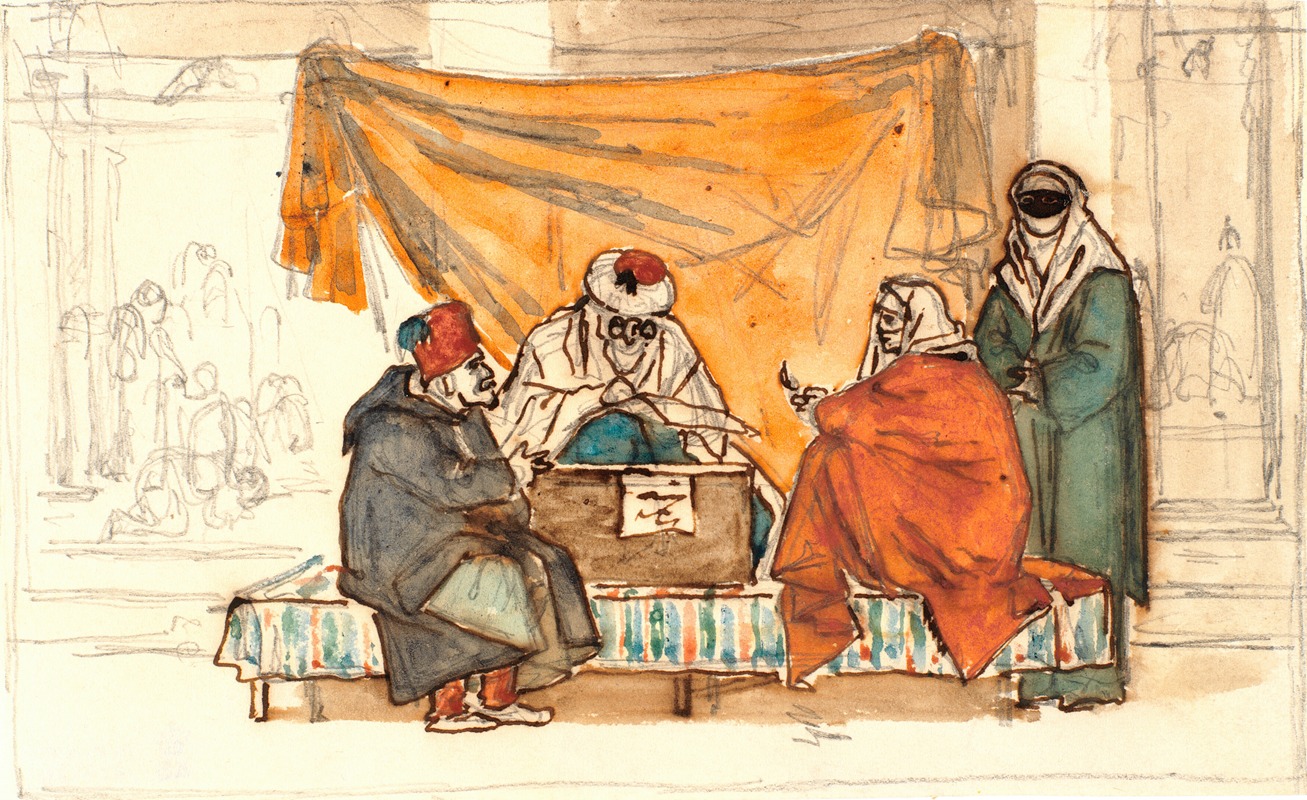
En tyrkisk notarius opsætter en ægteskabskontrakt
A hand-painted replica of Martinus Rørbye’s masterpiece En tyrkisk notarius opsætter en ægteskabskontrakt, meticulously crafted by professional artists to capture the true essence of the original. Each piece is created with museum-quality canvas and rare mineral pigments, carefully painted by experienced artists with delicate brushstrokes and rich, layered colors to perfectly recreate the texture of the original artwork. Unlike machine-printed reproductions, this hand-painted version brings the painting to life, infused with the artist’s emotions and skill in every stroke. Whether for personal collection or home decoration, it instantly elevates the artistic atmosphere of any space.
Martinus Rørbye was a prominent Danish painter of the 19th century, known for his detailed and culturally insightful works. One of his notable paintings is "En tyrkisk notarius opsætter en ægteskabskontrakt," which translates to "A Turkish Notary Draws Up a Marriage Contract." This painting is an exemplary piece of Rørbye's oeuvre, reflecting his interest in capturing the essence of different cultures through his art.
Rørbye was part of the Danish Golden Age, a period marked by a flourishing of the arts in Denmark. He was known for his travels across Europe and into the Near East, where he drew inspiration from the diverse cultures he encountered. His journey to the Ottoman Empire, which included visits to Turkey and Greece, significantly influenced his work, providing him with rich subject matter that was both exotic and educational for his European audience.
The painting "A Turkish Notary Draws Up a Marriage Contract" is a product of Rørbye's travels and observations. It depicts a scene that would have been both foreign and fascinating to a 19th-century Danish audience. The artwork captures a moment in a Turkish setting where a notary is engaged in the formal process of drafting a marriage contract. This scene is significant as it offers a glimpse into the customs and legal practices of the Ottoman Empire, which were markedly different from those in Europe at the time.
Rørbye's attention to detail is evident in the painting. He meticulously portrays the attire of the figures, the architectural elements of the room, and the objects present, all of which contribute to an authentic representation of the setting. The clothing of the individuals, for instance, is depicted with careful attention to the textures and colors typical of Turkish fashion of the period. The notary, central to the composition, is shown in traditional attire, emphasizing his role and status within the scene.
The painting also reflects Rørbye's skill in capturing human expressions and interactions. The figures are engaged in a serious and formal activity, and their expressions convey the gravity and importance of the occasion. This focus on human interaction and cultural practices is a hallmark of Rørbye's work, as he sought to document and share the diverse ways of life he encountered during his travels.
Rørbye's work, including this painting, is appreciated for its ethnographic value as well as its artistic merit. By documenting scenes from everyday life in foreign cultures, Rørbye provided his contemporaries with a window into worlds they might never experience firsthand. His paintings served as both art and education, broadening the horizons of those who viewed them.
Today, "A Turkish Notary Draws Up a Marriage Contract" is recognized as an important work within Rørbye's portfolio. It stands as a testament to his ability to blend artistic skill with cultural documentation, offering insights into the 19th-century world beyond Europe. The painting continues to be studied and appreciated for its historical and cultural significance, as well as its contribution to the Danish Golden Age of painting.





